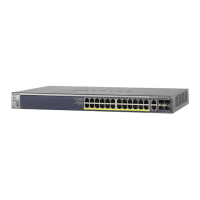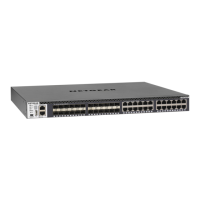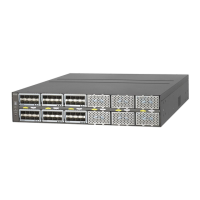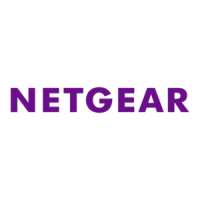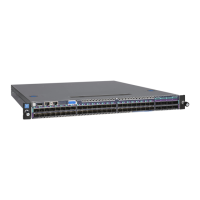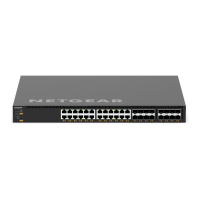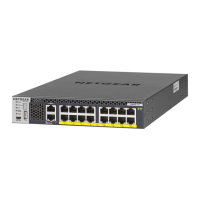Why is file transfer slow on my NETGEAR Switch?
- YYolanda HernandezAug 1, 2025
If you experience slow file transfers or performance degradation with your NETGEAR Switch, ensure that the half- or full-duplex settings on the switch and the connected device are the same. Verify that the attached device is set to autonegotiate and check the system message log.
